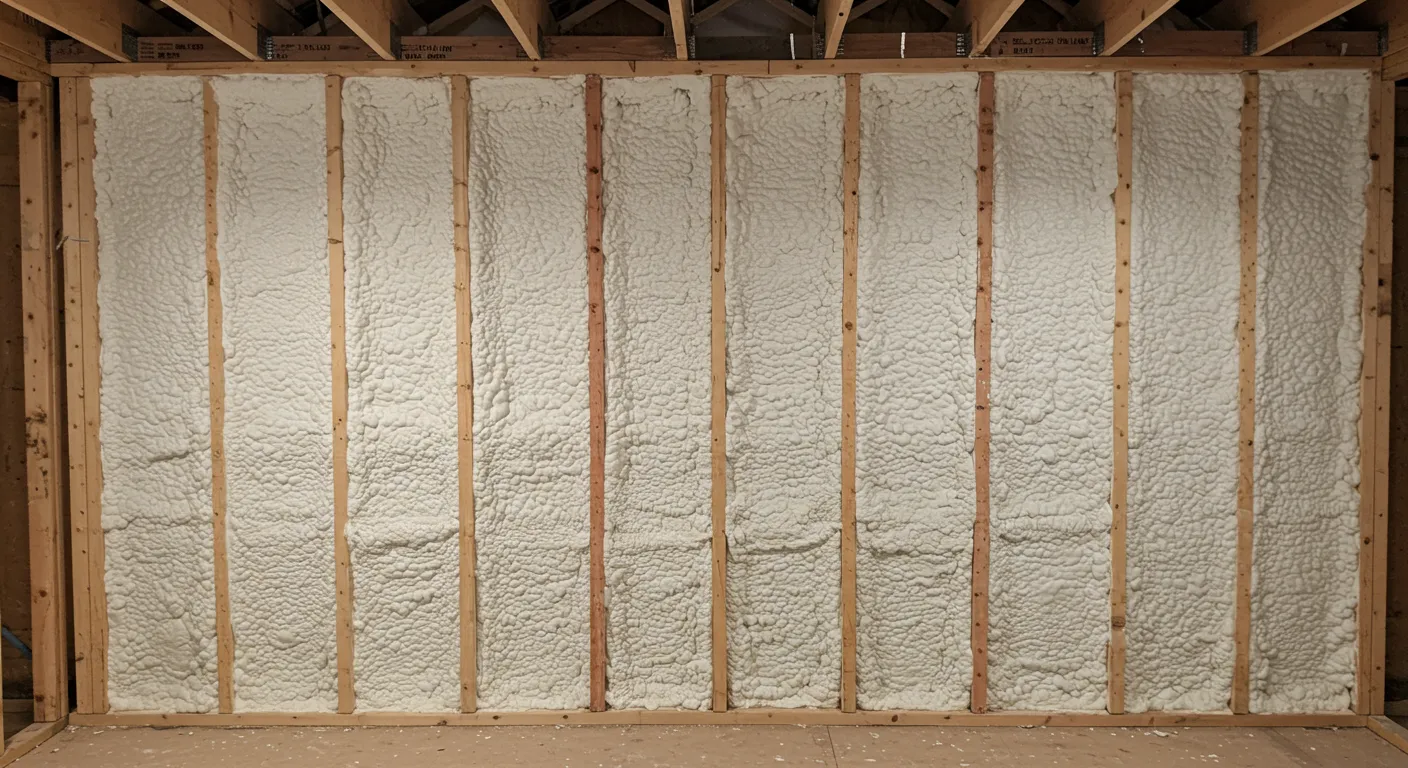Spray foam insulation helps reduce greenhouse gas emissions, lowers energy usage, and limits waste associated with traditional insulation materials. In Monticello, LA, where humidity and temperature swings are frequent, its performance in sealing air gaps results in stable indoor temperatures and reduced HVAC strain. This translates into fewer carbon emissions over time.
The material’s long lifespan, moisture resistance, and ability to reinforce building structures make it a reliable option for residents aiming to reduce environmental impact without frequent maintenance or replacements.
Polyco Spray Foam Insulation shares insights based on direct installation experience in southern Louisiana’s variable climate. The material’s behavior in high-humidity zones, its thermal retention properties, and its effectiveness in preventing mold align well with long-term environmental goals.
Environmental Performance Summary
| Feature | Spray Foam Insulation | Traditional Fiberglass | Cellulose Insulation |
|---|---|---|---|
| Air Sealing Capability | High | Low | Moderate |
| Lifespan | 20–30+ years | 10–15 years | 10–20 years |
| Mold/Moisture Resistance | Strong (closed-cell) | Weak | Moderate |
| Recyclability | Low | Moderate | High |
| Energy Efficiency (Avg. HVAC Reduction) | 20–50% | 5–15% | 10–25% |
| Off-Gassing After Installation | Minimal | None | Minimal |
| Settling/Degradation Over Time | Low | High | Moderate |
Technical Data for Regional Conditions
| Parameter | Open-Cell Foam | Closed-Cell Foam |
|---|---|---|
| R-Value per Inch (Thermal Resistance) | ~3.6 | ~6.5 |
| Vapor Permeability | High | Low |
| Ideal Use Case in LA Climate | Interior walls, attics | Crawlspaces, exteriors |
| Water Resistance | Moderate | High |
| Rigidity | Flexible | Rigid |
| Average Installation Thickness | 5.5–6.5 inches | 2–3 inches |
Practical Performance in Monticello’s Climate
Humidity, temperature shifts, and high rainfall levels affect insulation longevity. Closed-cell spray foam is ideal for crawlspaces and exterior sheathing due to its impermeable structure. Open-cell foam works well inside homes, allowing vapor diffusion without trapping moisture. Installation experience shows minimal thermal bridging, especially in multi-story homes.
Bonus Tip:
In regions with high termite activity like Monticello, pairing closed-cell foam with pest-barrier techniques reduces structural degradation risk.

Market Data and Environmental Metrics
- Energy.gov reports homes with spray foam insulation use 20–50% less energy (Source: U.S. Department of Energy, 2023).
- A study from the National Renewable Energy Laboratory (NREL) shows closed-cell spray foam can improve envelope airtightness by up to 70% (2022).
- EPA data indicates reduced HVAC usage contributes to lower refrigerant leakage major contributors to GHG emissions.
Things to Consider Before Making a Decision
- Climate Suitability: Closed-cell foam resists moisture better, ideal for flood-prone areas.
- Budget Constraints: Upfront cost is higher than fiberglass or cellulose, but long-term savings offset this.
- Building Type: Older homes may need additional prep work. New builds benefit from full-envelope application.
- Ventilation Strategy: Air sealing demands mechanical ventilation planning for indoor air quality.
Bonus Tip:
Homeowners replacing older insulation often see faster returns by combining spray foam with HVAC upgrades.
Relevant Services from Polyco Spray Foam Insulation
- Spray Foam Insulation: Full-structure application using open or closed-cell foam.
- Open Cell Foam Insulation: Ideal for interior applications where flexibility and breathability are needed.
- Closed Cell Foam Insulation: Suitable for structural support, moisture control, and flood resistance.
- Soil Stabilization: Reduces erosion and settlement risks around insulated foundations.
Common Questions Before Choosing Insulation
Does spray foam require maintenance?
No routine maintenance is needed. Visual checks during seasonal changes are recommended.
Will it prevent mold?
Closed-cell foam reduces moisture intrusion, lowering mold risk significantly.
Is it safe to install in older homes?
Yes, but pre-installation assessments are essential for proper ventilation and material compatibility.
How long before energy savings appear?
Noticeable reductions typically occur within the first month after installation.
Get Expert Insulation Guidance
Speak with a specialist who understands the environmental conditions in Monticello. Choose an approach based on structure type, energy goals, and long-term performance needs.
Contact Polyco Spray Foam Insulation Phone: +1 225-286-3546 Email: [email protected]
FAQ
Can spray foam insulation be removed if needed?
Yes, but removal can be labor-intensive. It’s best to install it in areas where long-term use is intended.
What impact does it have on resale value?
Energy-efficient homes often have higher resale appeal, especially with documented energy savings.
Is it flammable?
Foam insulation meets building codes when installed with thermal barriers like drywall.
How does it affect indoor air quality?
After curing, emissions are minimal. Proper ventilation systems ensure air quality stays balanced.
Will it shrink or shift over time?
Closed-cell foam remains stable. Open-cell may shift slightly in high-humidity areas without proper vapor barriers.

